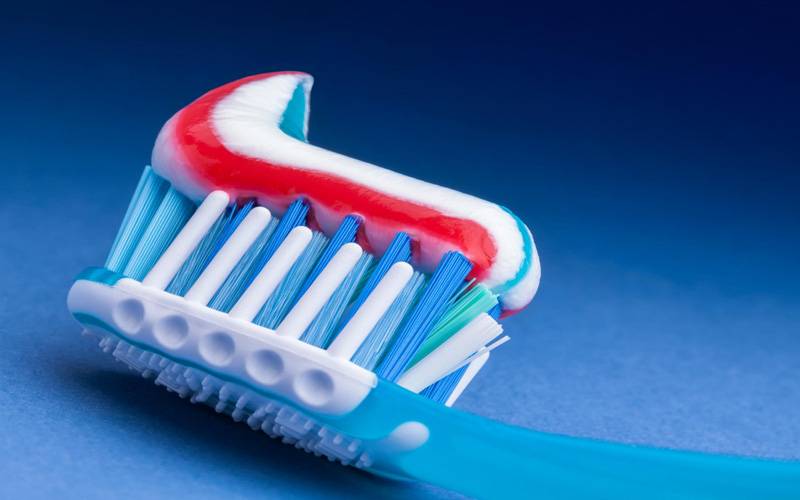Microbeads are manufactured solid plastic particles of less than five millimeters in their largest dimension. They are most frequently made of polyethylene but can be of other petrochemical plastics such as polypropylene and polystyrene. They are used in exfoliating personal care products, toothpastes and in biomedical and health-science research.
Most such beads vary in size from 10 micrometres (0.00039 in) to 1 millimetre (0.039 in). These tiny pieces of plastic used in personal care products are designed to go down the drain and into our lakes, rivers, and oceans — by the billions every day. Low melting temperature and fast phase transitions make them especially suitable for creating porous structures in ceramics and other materials. They absorb toxins in the water, are eaten by marine life, and can make their way up the food chain all the way to our dinner plates.
The US was surprisingly quick to react to this issue – environmental national measures are much rarer than state or local measures, but the US government decided through the Microbead-Free Waters Act of 2015 that microbeads will be phased out by 2017.
Now, Canada will also step in. Microbeads have been detected in alarming quantities in the Great Lakes, and this affects both countries.
Worldwide, the Netherlands has already announced plans to become microbead-free by the end of the year, but most countries in Europe are still discussing how to address the issue. No such official announcement has emerged from Asia.
Plastic pollution remains a huge issue and tackling microbeads, while necessary, is still just a small step. The Canadian National Academy of Sciences found more than 90 percent of all sea birds with pieces of plastic in their guts, and the situation is only getting worse in time. Such bans and state interventions are much needed.
Source: .greenpeace.org.uk, http://pubs.acs.org/doi/pdfplus/10.1021/acs.est.5b03909, bbc.com, theguardian.com, zmescience.com
